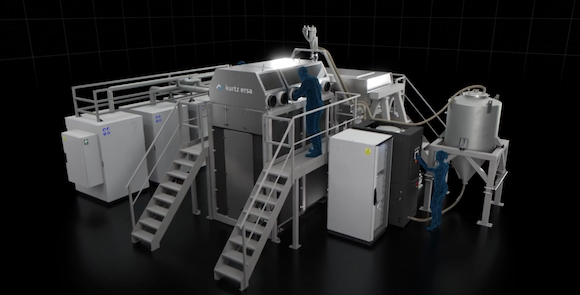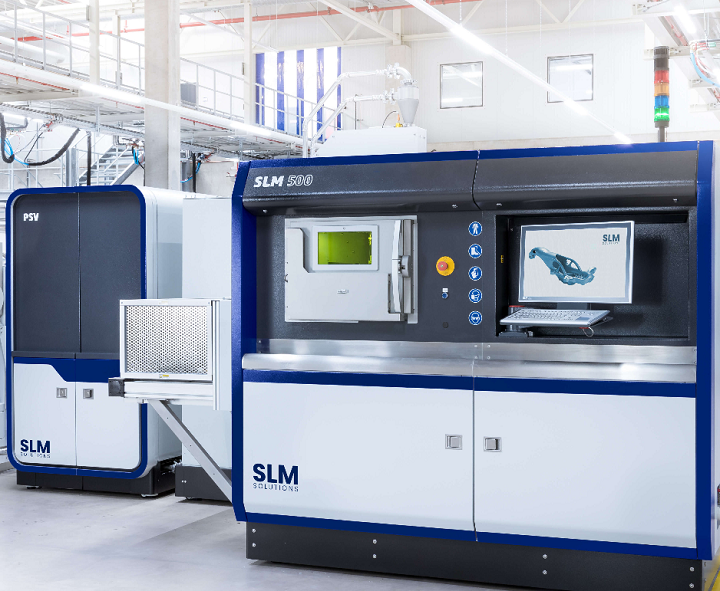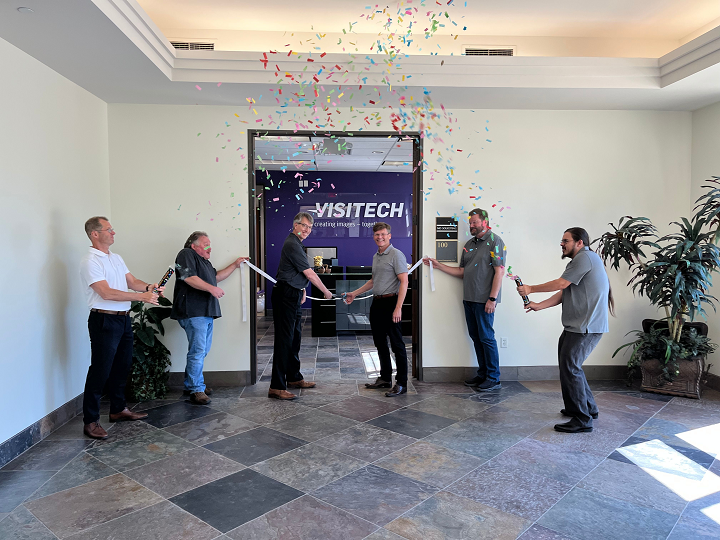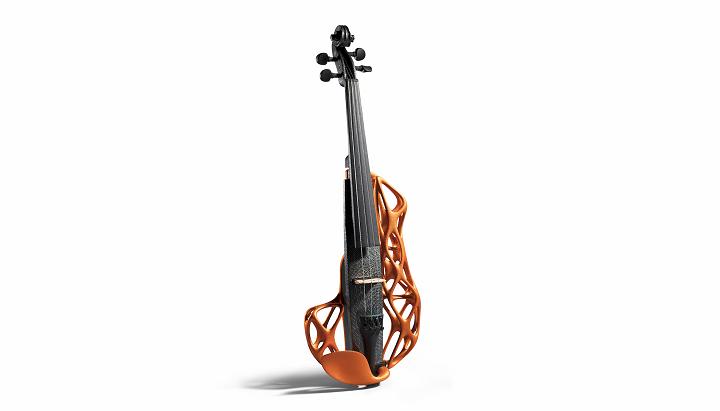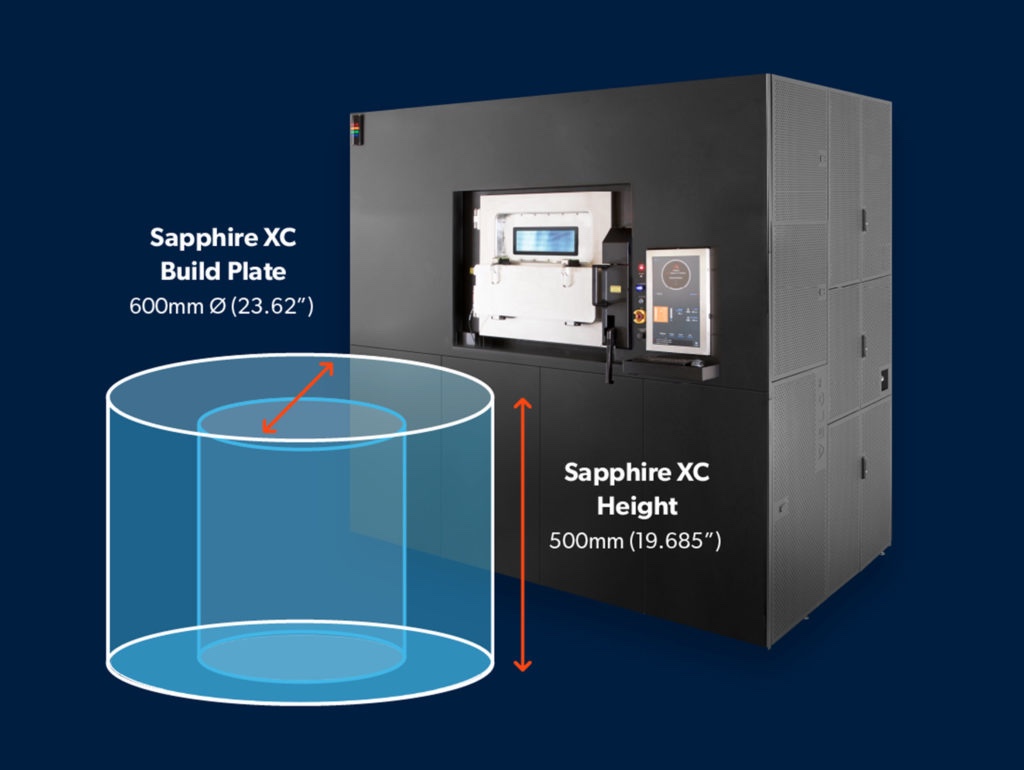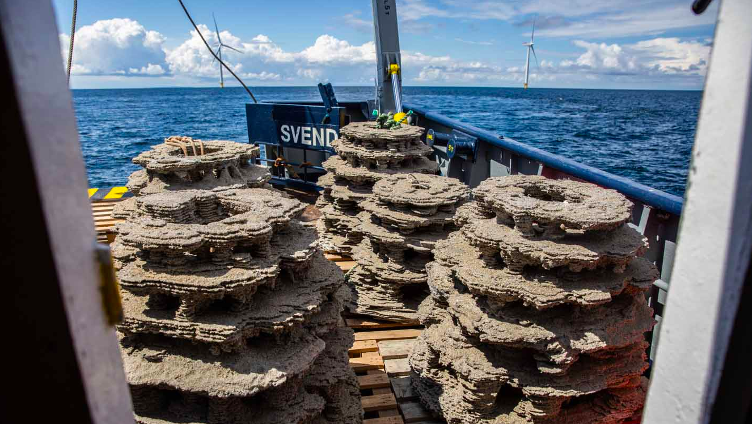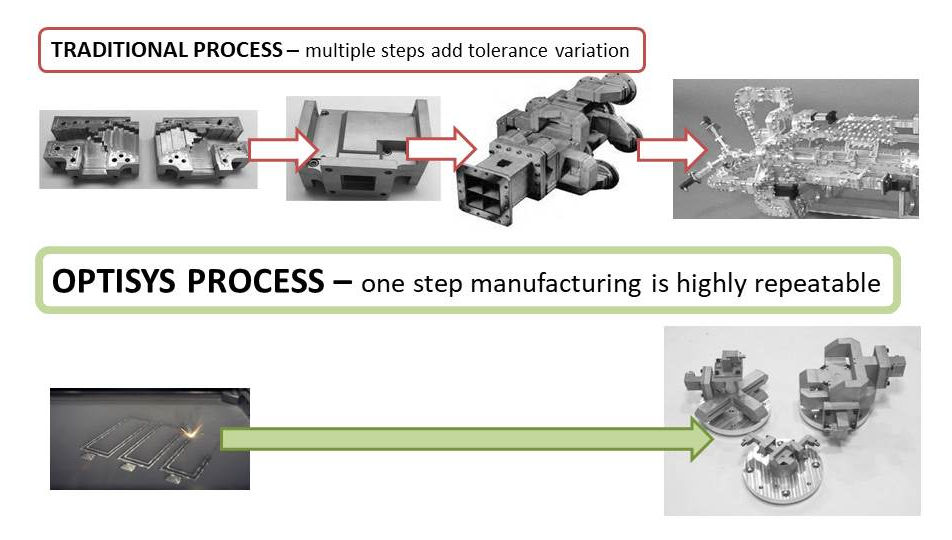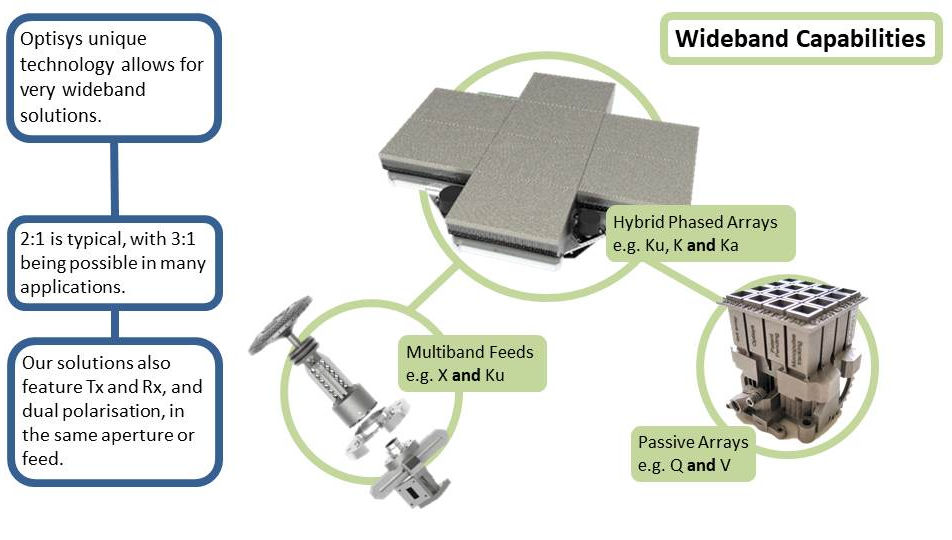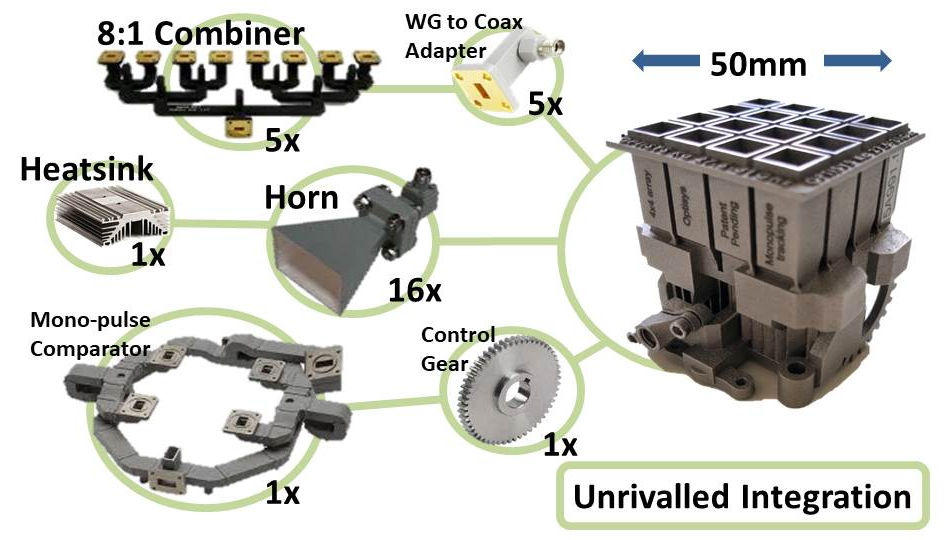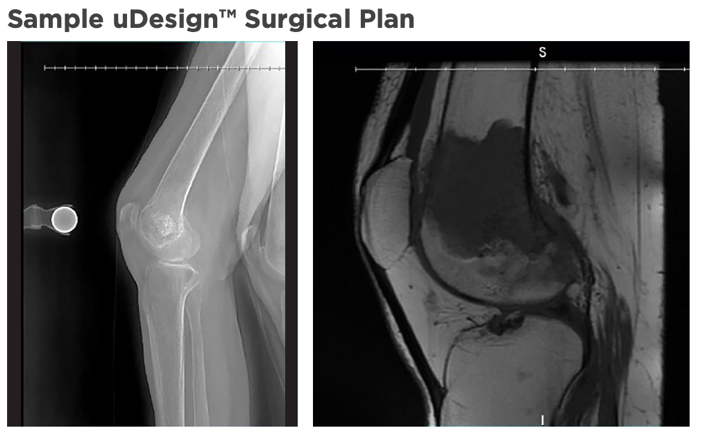Nanoscribe is holding an online training week, and Markforged and Stratasys are both continuing their respective tours. Massivit is holding a webinar on automated mold production for composite materials, Nexa3D will discuss the importance of collaboration in the AM industry with some important guests, and America Makes welcomes the SIMBA Chain. Those are just some of the event and webinar offerings we’ll cover in this week’s roundup!
July 25 – 28: Nanoscribe Online Training Week

Nanoscribe is holding another one of its Online Training weeks, starting tomorrow, July 25th, and ending on Thursday the 28th. Each day will offer a different basic or advanced online training class focused on the company’s high-precision 3D printing, all taught by Dr. Aaron Kobler, Customer Success Expert at Nanoscribe. Basic Training will be held on the 25th from 1-2 pm CEST (7-8 am EST), while Advanced Training – 3D Small Feature Solution Set will be from 1-4 pm CEST (7-10 am EST) on the 26th. On the 27th, from 1-3 pm CEST (7-9 EST), Advanced Training – 3D Medium Feature Solution Set will be held. Finally, Advanced Training – 3D Large Feature Solution Set will be from 1-3 pm CEST (7-9 EST) on the 28th.
“As a participant in the basic training, you will learn how to start working with the Nanoscribe system right away. With the advanced training, you will expand your knowledge even further. You will learn about advanced features and how to optimize your print job accordingly.”
Log in to NanoGuide to sign up.
July 26 – 29: Forged Tour Part Deux

Markforged continues its global Forged Tour Part Deux across the US, and the APAC region, from July 26-29. First, on the 26th, the tour will stop at The Chair Factory in Gainesville, Georgia with 3DOLOGiE at 9 am EST, then at Breaker Brewing Company in Wilkes-Barre Township, Pennsylvania at 3:30 pm EST with Phillips, and finally at 3 Nations Brewing in Dallas, Texas with MLC CAD at 5 pm EST. The tour heads to the FireWorks Restaurant in Lincoln, Nebraska on the 27th with EXBuild at 2 pm EST, but also to the Concrete Digital HQ in Melbourne, Australia with SFDesign at 4 pm AEST. The tour will stop at Thaddeus Stephens Technical School in Lancaster, Pennsylvania with Phillips at 10 am EST on the 28th, and also at the American Solera Brewery in Tulsa, Oklahoma with MLC CAD at 5 pm EST. Finally, on the 29th, the tour heads to the Chemtron Showroom in Henderson Industrial Park, Singapore at 10 am SST on the 29th.
"We invite you to meet the platform that prints industrial parts at the speed of software in person. The Digital Forge is a combination of software, materials, and printers that bring you strong and reliable solutions to your manufacturing pain points."
Stay tuned for more dates and locations in the future!
July 26: Automated Mold Production for Composites with Massivit
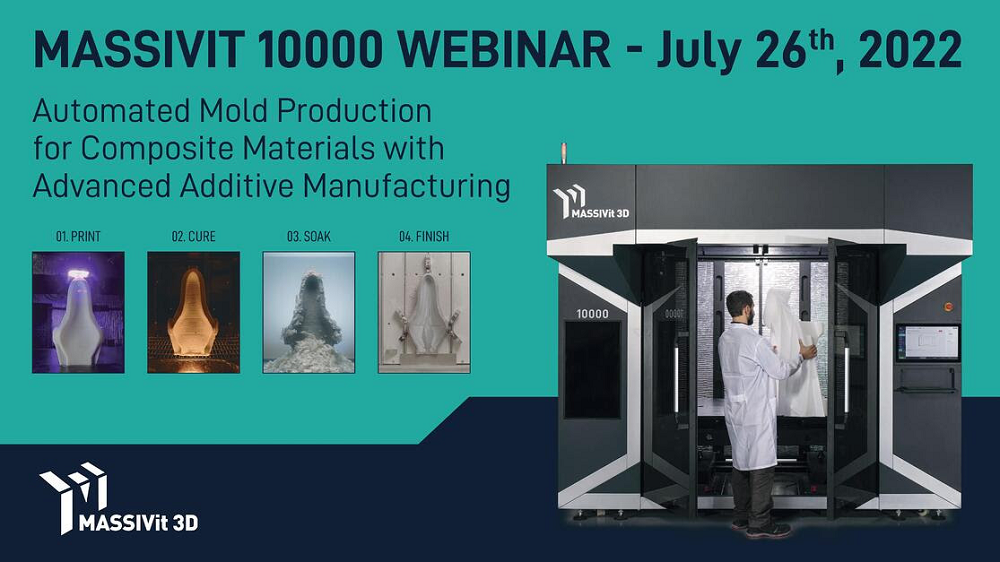
At 12 pm EST on Tuesday the 26th, Massivit is holding a webinar on “Automated Mold Production for Composite Materials” about its new Cast In Motion (CIM) technology. Attendees will learn how the technology combines high-performance thermoset materials with ultra-fast 3D printing and a shortened workflow in one digital tooling giant system—the Massivit 10000—to manufacture custom, complex molds, along with prototypes and mandrels, in just days, and with a lot less waste.
“This cutting-edge additive manufacturing system enables manufacturers to directly print high-performance, isotropic molds within DAYS, instead of weeks. Find out about automated tooling that eliminates the need for a plug, thereby speeding up mold production by 80%, reducing costs, and minimizing waste. See a range of tooling and prototyping applications for the automotive, marine, rail, architecture, bath-ware, and sports industries.”
You can register for the webinar here.
July 26: Stratasys Continues AM in Automotive Series

Stratasys continues its four-part webinar series on “The Future of Automotive: Shifting from Traditional to Additive Manufacturing” this week. The first session was on July 14th and focused on transportation 3D printing applications, and at 1 pm EST on the 26th, the webinar will take a comprehensive look at how the company’s FDM 3D printers can accomplish large, cost-efficient, and customizable automotive parts and prototypes. Future sessions will cover SAF and P3 technologies, and welcome special guests. Additionally, attendees can chat directly with expert Application Engineers after each presentation about how to boost their own automotive applications.
“Many of the top automotive manufacturers are utilizing Stratasys technology to help them innovate inside their companies. Stratasys has curated a webinar series that outlines current applications in automotive and provides a look into the near future at what 3D printing in automotive will become.”
If you haven’t already registered for the series, you can do so here.
July 26: SOLIDWORKS to DELMIAWorks
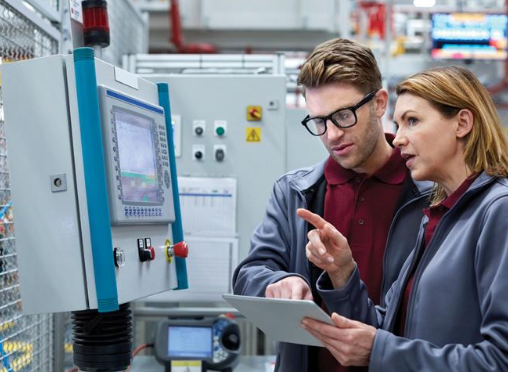
Also at 1 pm on the 26th, Dassault Systèmes will be discussing the integration between DriveWorks, which is the most popular CPQ add-in to SOLIDWORKS and can help easily create 3D product visuals, and DELMIAWorks. The webinar, “Configure to Order – SOLIDWORKS to DELMIAWorks ERP Utilizing DriveWorks,” will cover topics like pulling information such as pricing from ERP into your CPQ, pushing sales orders right into ERP, creating the bill of manufacturing in DELMIAWorks to start manufacturing scheduling and production, and more. DriveWorks speakers will be CEO and Co-Founder Glen Smith and IT & Implementation Specialist Adam Baker.
“By integrating the two you get the power, flexibility, and re-use of your SOLIDWORKS design data with DriveWorks for CPQ (configure, price, quote) with the industry leading manufacturing ERP, DELMIAWorks.”
You can register for the webinar here.
July 27-28: The Experience Stratasys Tour Continues

The Experience Stratasys tour continues this week in Massachusetts! First, on Wednesday, July 27th, Stratasys will take its mobile showroom to the TriMech office in Marlborough, MA. Then, on Thursday the 28th, CATI is hosting the tour at the Boston Harbor Distillery in Dorchester, MA.
"Our mobile showroom offers a local, convenient way for you to talk with 3D printing experts and see the latest 3D printers, materials and solutions from Stratasys. Learn about additive manufacturing services from Stratasys Direct and discover how your organization can benefit from 3D printing applications."
You can register for the Stratasys Experience Tour here. Stay tuned for more dates and locations in the future!
July 27: Nexa3D Hosts Conversation about Collaboration
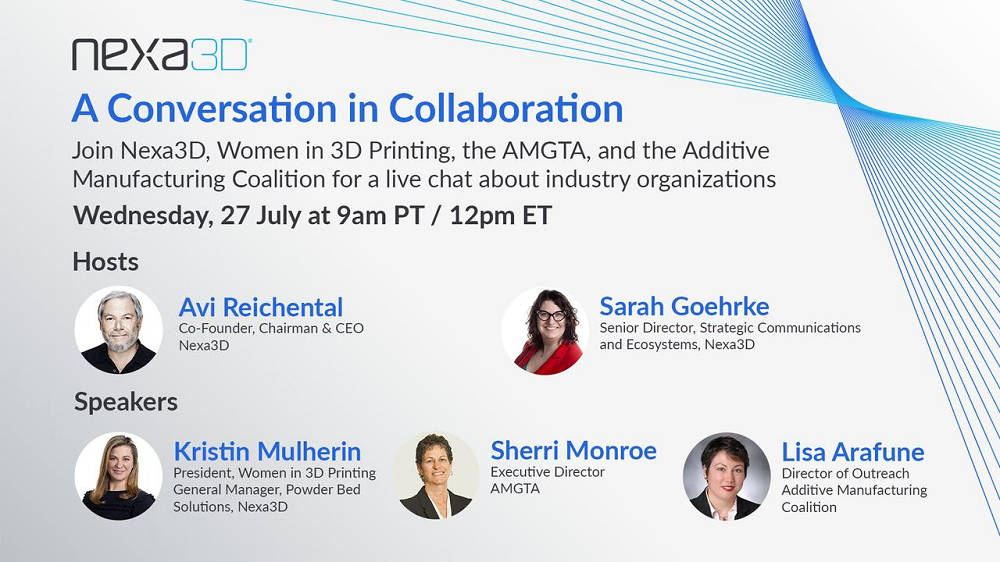
At 12 pm EST on the 27th, Nexa3D is holding “A Conversation in Collaboration” with several other AM industry leaders. The online event will be hosted by Nexa3D’s Co-Founder, Chairman, and CEO Avi Reichental, and Sarah Goehrke, Senior Director, Strategic Communications and Ecosystems. They’ll welcome three speakers: Kristin Mulherin, Nexa3D’s General Manager, Powder Bed Solutions, and the President of Women in 3D Printing; Sherri Monroe, the Executive Director of the Additive Manufacturer Green Trade Association (AMGTA); and Lisa Arafune, Director of Outreach, Additive Manufacturing Coalition.
“Join Nexa3D, Women in 3D Printing, the Additive Manufacturer Green Trade Association (AMGTA), and the Additive Manufacturing Coalition for a live chat about #additivemanufacturing industry organizations and what collaboration brings to the future of #3Dprinting.”
You can register for the conversation here.
July 27: Electronic Design Analysis with CST Studio Suite
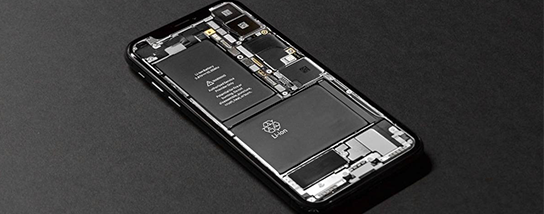
Dassault is holding another webinar this week, on “Electronic Design Analysis for PCBs, Packages and Devices,” at 4 pm EST on the 27th. Nivedita Parthasarathy, SIMULIA Industry Process Consultant, will discuss how the CST Studio Suite can help mitigate challenges, like complex layouts and high data rates, in designing modern electronic devices. Using a mobile phone model, some key workflows will be reviewed, including sensors and wireless charging design.
“Modern electronic devices are increasingly compact, with high data rates and complex layouts. Maintaining signal integrity (SI), power integrity (PI) and electromagnetic compatibility during short development cycles is challenging. Join this webinar to learn how to mitigate these challenges using CST Studio Suite to design modern electronics.”
You can register for the webinar here.
July 28: Nexa3D & PepsiCo’s 3D Printing Challenge
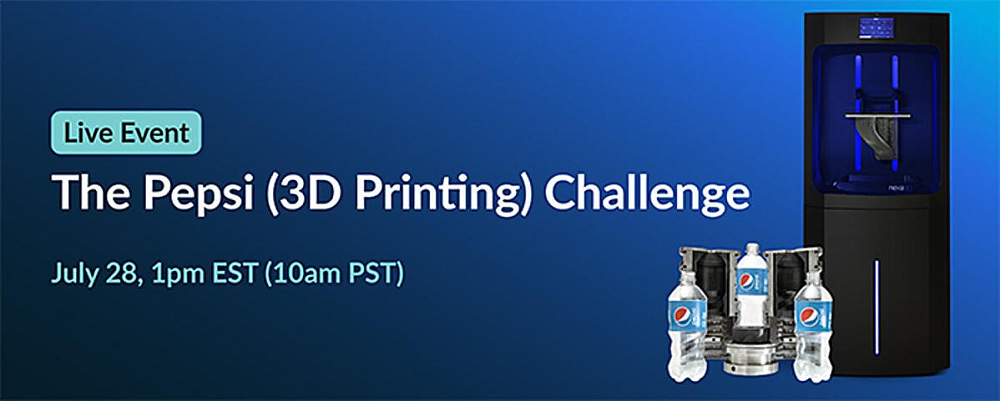
At 1 pm EST on Thursday, July 28th, Nexa3D is hosting a second webinar, “The Pepsi (3D Printing) Challenge.” Attendees will learn how PepsiCo used 3D printing to streamline its blow mold development process from a month to just five days, how the NXE 400 and Henkel xPEEK 147 materials compare with its previous solution, and more. The speakers are PepsiCo’s Sr. Manager Global Packaging R&D Max Rodriguez and R&D Packaging Engineer Thangtip Tekanil; Nexa3D’s Goehrke; Hratch Gasparyan, the Director of Enterprise Solutions for Dynamism; and Sam Bail, Director of 3D Printing and Partnerships, Loctite.
“PepsiCo does a ton of molding. While most molds are machined, the engineers at Pepsi have devised a technique for 3D printing their molds, a process that has reduced tooling development time from 4 weeks to 5 days and cut costs from $10,000 to just $350 per tool. And now with their most recent 3D printers and materials they are capable of printing a complete tool in just 8 hours that can withstand 10,000 shots in a blow molding machine.”
You can register for the webinar here.
July 28: America Makes & SIMBA Chain Additive
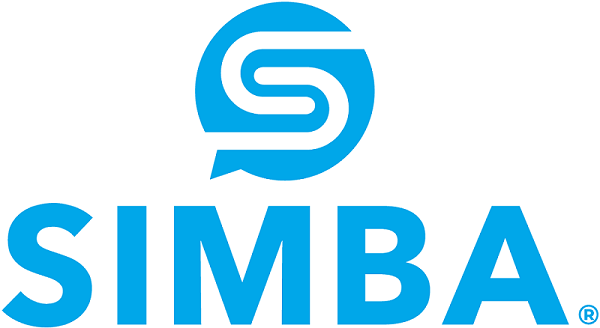
Finally, America Makes will hold a webinar at 2 pm EST on the 28th, “SIMBA Chain Additive with Knowledge.” There are still major barriers to 3D printing repair parts and components, and SIMBA Chain, a cloud-based, blockchain-as-a-service (BaaS) platform, is working with Notre Dame University to help lower these, as well as using machine learning, blockchain, and knowledge graphs to create verification and part production that’s directly tied to supply chain data.
“In this webinar the project team will review their technical approach and findings. They will bring together multiple sources of information from public sources and data models into one unified query-capable interface. Use knowledge engineering as a basis for the machine learning for categorizing the output device for a specific part.”
You can register for the webinar here.
Do you have news to share about any future webinars or virtual and live events? Please let us know!
The post 3D Printing Webinar and Event Roundup: July 24, 2022 appeared first on 3DPrint.com | The Voice of 3D Printing / Additive Manufacturing.












